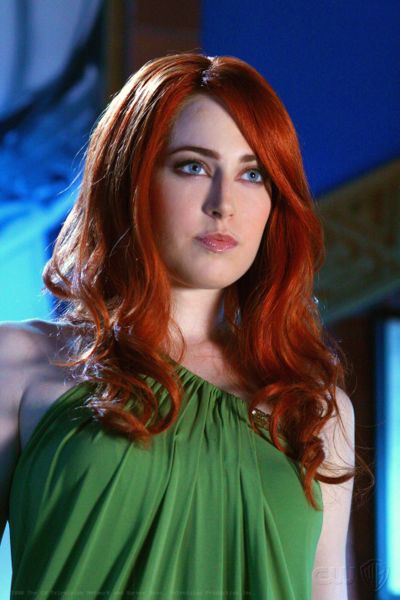

There clearly is an underlying preset structure, Wander has 9 chapters of a mooted full 36, each evidently has some structural purpose, although it is sufficiently subtle in this first collection as to be effectively invisible to this reader, but I wonder if that isn’t an overall strength, really.

So, yes – it’s maybe something of a disservice to describe it as ‘plotless’. Their everyday nuisances are miracles to us, and Dicebox drops us in the middle of all of this, right there with them, to make our way as best we can, and I am so very happy for the chance to do so. No, hear me out: there’s a bunch of people hopping from planet to planet aboard this spaceship or that, surrounded by amazing things, and yet to them it’s all completely ordinary and sometimes even boring. In fact, as Carla Speed McNeil puts it (whose Finder I, not having read, can only imagine – perhaps incorrectly via gender, proximity – is a better comparative than what I offer) – far more succinctly and on-the-nose than I can to the point I wonder if this review isn’t largely gilding the lily:ĭicebox is banal. It’s ambulatory, a meander to reiterate – the subtitle is wholly accurate. It’s more not like any of those comics because, aside from the very barest of hints crinkling the edges of what is a fairly large (and lavishly-presented, seriously – I’ve never heard of Supersticery Press, and the only other accredited item I can google is Kip’s aforementioned novel, so I guess it’s a hella impressive cottage industry publisher) collection, there’s little of anything one would normally regard as “plot”. It suddenly occurs these are all comics written (and drawn) by men, with female leads, which leads to another damning indictment of my reading: looking at my graphic novel shelves, female creators there – Jill Thompson arting some Sandman, some Invisibles, a couple of these strips in the Bizarro World collection - are practically nonexistent, that these were hitherto my receipt of this review copy, literally the most female comics I owned. Lastly, it’s a bit like Adam Warren’s Empowered insofar as, there’s a fantastical setting, which is played almost entirely secondary to – actually visual – close-focus character-work. It’s a bit like Gilbert Hernandez’ Palomar tales, in that there’s a recombinant cast of largely women, and that this is the prime mover, these interrelationships, of the book. So, to my apparently utterly depthless comics-readership, what is Dicebox like? On first glance, I thought it might be a kind of a Bryan Talbot-esque kind of thing, but it isn’t at all, really – here’s some comics it’s a bit like, but really more unlike: well, it’s a bit like Alan Moore and Ian Gibson’s Halo Jones, of course, a bit like that, in that it has underclass female protagonists surviving in an interstellar future, but it doesn’t really rely on high-concept in anything like the same way the old 2000AD classic did. I’m sort of flailing with my critical armoire (contents: glibness, cruelty) and my comics readership, which includes basically no webcomics (which Dicebox originated as), bar Achewood, and certainly very little like this. Full disclosure: I was asked to review this book by the author’s husband, Kip Manley, a lovely man, author of City of Roses, which is a smashing book I’d recommend to fans of Jonathan Carroll or that mid-1990s Vertigo vintage, so take that as you will.


 0 kommentar(er)
0 kommentar(er)
